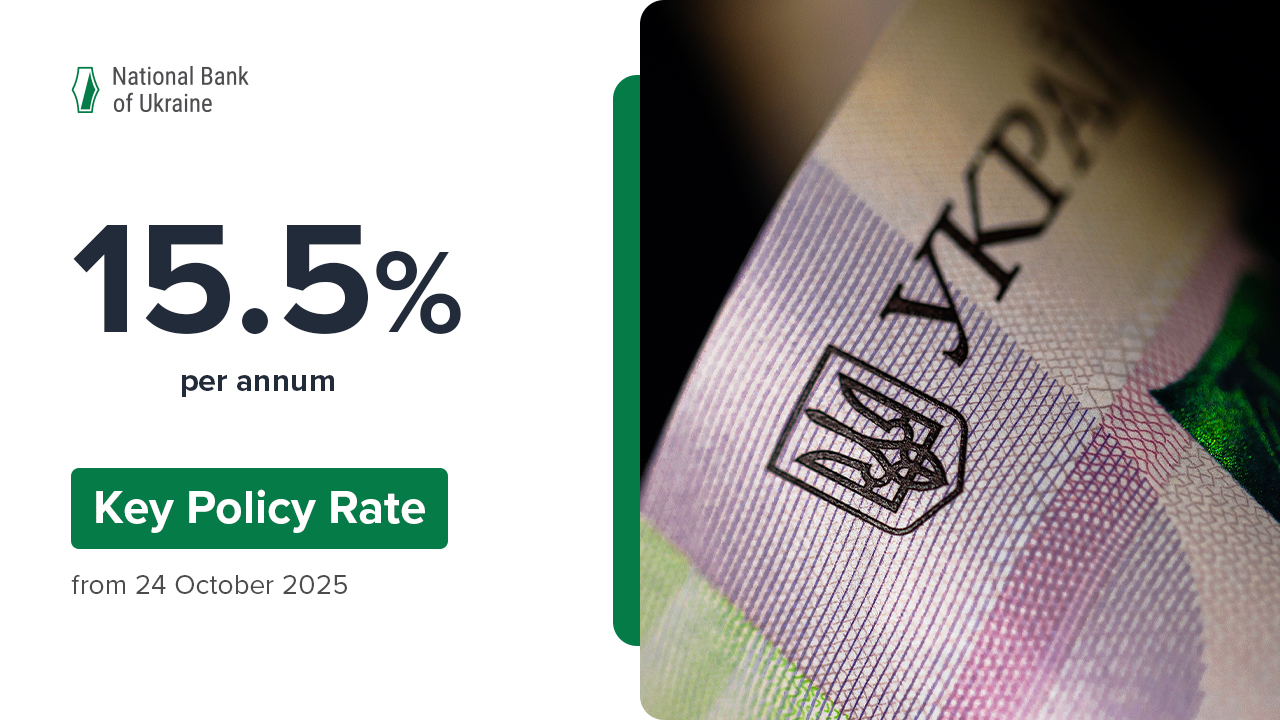The National Bank of Ukraine is expanding the list of benchmark domestic government debt securities (benchmark bonds) that banks have been allowed to use to partially meet the reserve requirements.
Effective on 11 June, the banks will be able to include ISIN UA4000227490 to the poll of benchmark bonds used to meet the reserve requirement. The Ministry of Finance first placed the added securities issue at the primary auction on 2 May 2023.
According to NBU estimates, this step will encourage active participation in auctions held by the Ministry of Finance to place domestic government debt securities, which will help avoid direct funding of the budget deficit by the NBU in 2023.
The list of benchmark bonds is set by the NBU taking into account the proposals of the Ministry of Finance. From 11 June 2023, it will include seven issues of securities, with six of them added in January–March 2023 (UA4000227094, UA4000227102, UA4000227201, UA4000227185, UA4000227193 and UA4000227201).
As previously reported, from 11 January 2023 onwards, the NBU allowed the banks to use benchmark domestic government debt securities to meet up to 50% of their total required reserve ratio. At the same time, there is an exception to this rule: benchmark bonds cannot be used by banks to allocate the extra part of reserves to meet the reserve requirements for some types of individuals’ funds, which were increased on 11 March and 11 May.
The expanded list of benchmark bonds the banks have been allowed to use to meet in part the reserve requirement was approved by NBU Board Decision No. 193 On Amendments to NBU Board Decision No. 752 dated 23 November 2017 dated 22 May 2023, to be enacted on 10 June 2023.
Reserve requirement is one of the conventional instruments of central banks. Here is how reserve requirements essentially operate: a bank must set aside in its correspondent account an amount of funds defined as a percentage of the bank’s liabilities (also known as the reserve ratio), taking into account the share of required reserves covered by benchmark domestic government debt securities.
This amount is calculated as an average for the maintenance period. This makes it possible to smooth out potential occasional (unpredictable) fluctuations in liquidity, while also ensuring the effective use of reserve requirements for their primary purpose, which is to absorb a part of the banking system’s spare liquidity.
All data on banks’ fulfilling the reserve requirements are available here.








